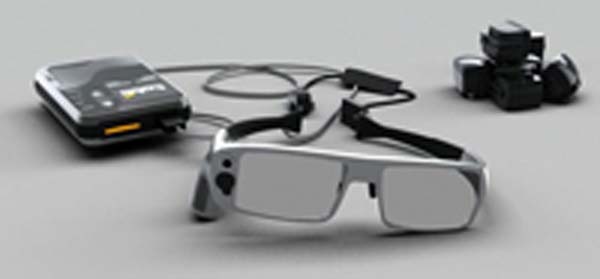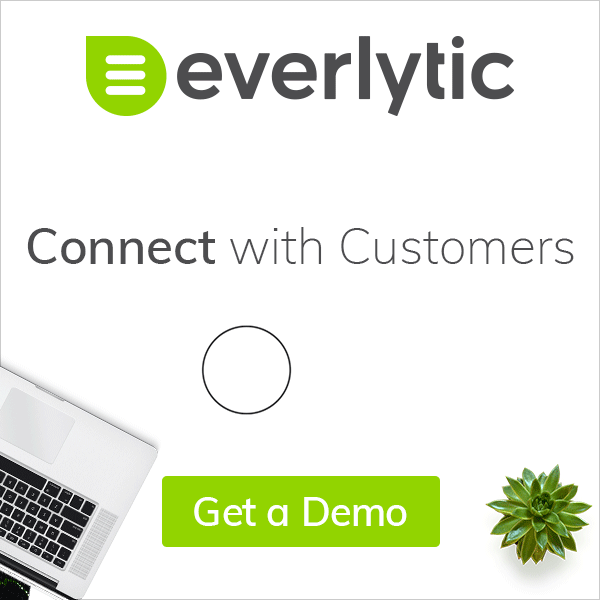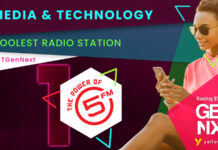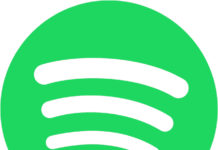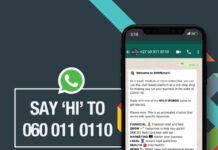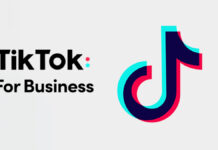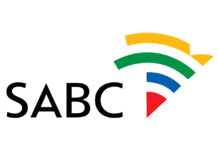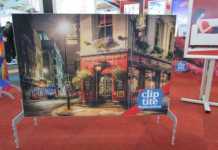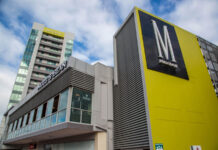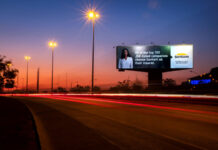EYE CATCHING!
Primedia In store services 10 000 retail outlets from the top-end (higher LSM market) through the spectrum to 11 000 outlets at the lower end of the LSM scale. The company invests in research tools to better understand shopper behavior.
Tobii Eye Tracking
When marketing FMCG goods, do consumers notice what promoters want them to; how effective is the medium; and how can results be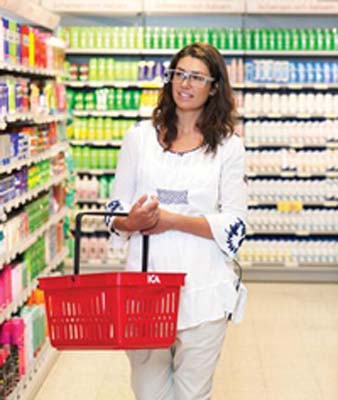 accurately measured? Teele Mapetla, Assistant Brand Manager, Primedia Instore, has the answers.
accurately measured? Teele Mapetla, Assistant Brand Manager, Primedia Instore, has the answers.
“The human eye can have up to five fixations (the point where the eye is fixed on one position for a period of time) per second,” says Teele.
No one can accurately say exactly where their eyes focus every second. This is where eye tracking technology can influence creative agencies designs. “Tobii Eye Tracking measures unconscious behaviour and provides data that cannot be verbalised,” says Teele. “Using this technology provides us with knowledge and insight to assist our clients in measuring a campaign, in real time.”
In action
Tobii Eye Tracking facilitates multi-person and multi-trial studies in fields of experiential psychology, commercial usability advertising, and low vision studies. The software combines the collection and analyses of eye gaze data with numerous other data sources, including key strokes; external devise video recording; and web browser activities.
Primedia Instore says the technology is ideal for testing advertising design on a variety of media. “This includes packaging and shopping shelf design and placement, web advertising, TV ads, print advertising – digitally scanned and presented on a monitor; and print adverting using physical print,” Teele says.
Eye tracking covers eye movement from one point to another and establishes ‘fixation’. It also identifies ‘heat maps’, which show participants’ dominant fixation in specific areas. ‘Hot colours’ indicate the areas most fixed by participants. “This type of feedback,” Teele adds, “allows agencies to establish whether or not consumers are attracted to the area they would like them to be.”
Computer process
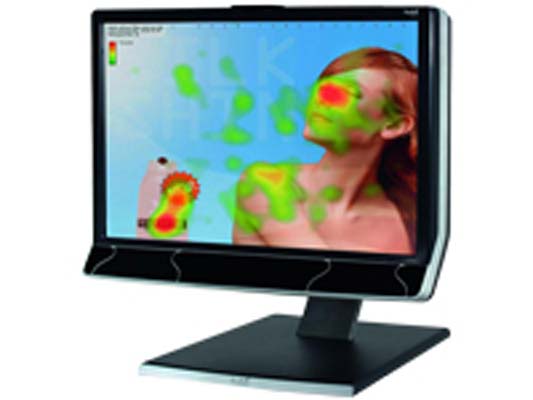 A random sample of between 10 and 20 participants are selected to view the mediums. Participants view the media on one side and the test conductor is based on the other. The conductor can determine exactly where participants view certain images. They are given approximately three seconds viewing per image, roughly the time shoppers take to view in store images.
A random sample of between 10 and 20 participants are selected to view the mediums. Participants view the media on one side and the test conductor is based on the other. The conductor can determine exactly where participants view certain images. They are given approximately three seconds viewing per image, roughly the time shoppers take to view in store images.
Eye wear concept
Moving to in-store research, Primedia In store uses Tobii Eye Tracking Glasses. The equipment includes a pair of eye-tracking glasses; a data cap turning device; eye markers; and the Tobii software enabling data collected to be analyzed.
“The eye-tracking glasses provide us with all information regarding shopper behavior within the actual in store environment,” Teele says. Participants wear the glasses while shopping. “They are given a specified sum of money and asked to choose items along certain aisles. The glasses enable us to see what they’re looking at, for how long and how they react to in store activity.” The results are presented in a graphical representation.
“A number of agencies have changed their in-store adverts in some aspect or another based on the outcome of these results,” Teele concludes.



